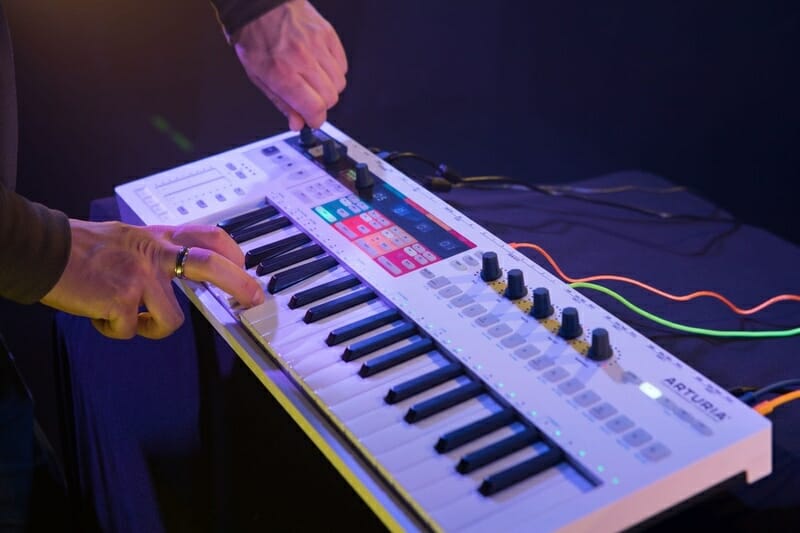To make music on your Mac or iOS device, you may use GarageBand, a widely-used digital audio workstation (DAW). GarageBand’s support for MIDI controllers is a major selling point since it allows users to have a more tactile experience while composing music. Discover how MIDI controllers work with GarageBand and how they may improve your music production workflow in this article. We’ll cover everything you need to know to get started with MIDI controllers with GarageBand, from the features they provide to the many options you have.
Enhancing Creativity and Expressiveness
To manipulate GarageBand’s sounds and settings using physical buttons, pads, keys, and sliders, you’ll need a MIDI controller. These knobs and buttons provide a natural and tactile approach to music making, letting you freely express your imagination. MIDI controllers enable you to easily experiment with new ideas and sounds by triggering virtual instruments, adjusting volume and effects, and manipulating other parameters in your songs. Performerlife.com takes you on an enchanting journey, exploring the endless possibilities and creative potential of GarageBand MIDI controllers.
Types of MIDI Controllers Compatible with GarageBand
Different MIDI controllers are compatible with GarageBand and may be used to create music in a variety of ways. Some common choices are as follows:
Controller Keyboards: These keyboard controllers are great for performing melodies, chord progressions, and bass lines due to their piano-style keys. Mini keyboards are little, but there are also full-size keyboards with more buttons.
Joysticks and Pads: Pad controllers are made out of a grid of pressure-sensitive pads that are perfect for making beats and activating drum sounds. They’re very flexible, letting you design drum patterns, trigger samples, and manage a wide range of musical production parameters.
When it comes to controlling GarageBand’s settings, some users prefer to use a control surface controller. They provide a responsive and tactile interface, making them ideal for fine-tuning settings, effects, and automation in the moment.

Instruments like the saxophone, flute, and trumpet may be simulated with the use of special controllers called “wind controllers.” You can play more expressively thanks to the breath sensors and finger controllers.
Setting Up and Configuring MIDI Controllers in GarageBand
It doesn’t take much effort to connect a MIDI controller to GarageBand. To begin, you must have a working USB or Bluetooth connection between your controller and your computer or iOS device. Launch GarageBand and either create a new project or load an existing one. Select the “Audio/MIDI” tab in the settings menu. Select the MIDI controller you’ll be using from the list of available input devices. The controller may then be used to play, record, and control your music in GarageBand without having to install any other drivers.
